Endocrinology Equipment
The study of disorders relating to hormones is called endocrinology. An endocrinologist can identify and address hormone-related issues and their side effects. The glands produce hormones. These chemicals aid in regulating bodily functions and have a variety of impacts on things like growth and development, reproduction, meal absorption, and metabolism.
Modern endocrine tools are beneficial in minimally invasive surgery. Utilizing cutting-edge medical tools and technology is thus essential for managing metabolic disorders. Here is the list of necessary endocrinology equipment.
Glucometer:-Glucometers are small, easy-to-use gadgets that can be used anytime and anywhere to monitor blood sugar levels. These gadgets examine a little bit of blood, often from the tip of a finger, and provide findings in seconds. Blood sugar levels constantly change. Therefore, using a glucometer to measure and record them may be necessary.
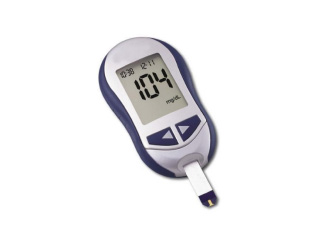
BP Apparatus:-A blood pressure machine, digital BP monitor, or blood pressure machine is a diagnostic gadget used to measure blood pressure levels in the body.

Luedde Exophthalmometer:-Using its clear ruler, the Luedde exophthalmometer is used to measure the protrusion of the eye on the lateral orbital wall. The Luedde exophthalmometer from the Endocrine Society is 3 3/8″ in length by 3/8″ and includes easy-to-follow cleaning instructions and a protective leather storage case.
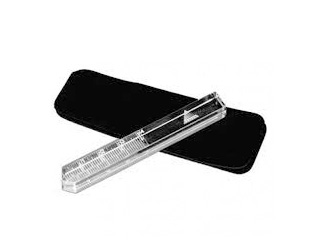
Endocrine Rosary or Prader Orchidometer:-An orchidometer, a set of ellipsoids (beads) with escalating volumes, is a medical device that may be used to precisely measure volume and estimate the testicular size.

High-Resolution Ultrasound:-Ultrasound is the first choice of endocrinologists to diagnose and manage nodular thyroid disease. In cases of primary hyperparathyroidism, the accuracy of localization diagnosis has vastly increased. Additionally, high-resolution ultrasound facilitates minimally invasive surgery.
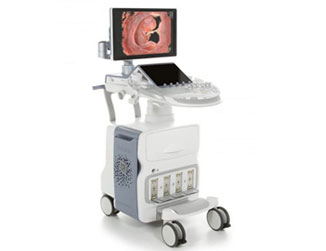
Fine Needle Aspiration:-Removing a tiny part of the tissue as a sample from the thyroid gland is the objective of a thyroid fine needle aspiration biopsy technique. A thin, hollow needle is used to extract the cells. The sample is brought to the laboratory so that it may be analyzed.
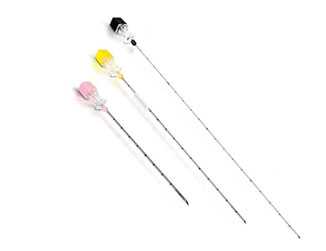
Magnetic Resonance Imaging (MRI):-An endocrinology expert may require magnetic resonance imaging (MRI) to investigate various problems. It is often carried out when results of previous tests point to a hormone excess or insufficiency. Then, an MRI scan may assist in identifying a structural lesion to account for the hormonal data.

Endotracheal Tubes:- It offers the possibility of intraoperative nerve monitoring for the recurrent laryngeal or vagus nerves while also functioning as open airways for the patient’s ventilation.

Nerve Monitoring Systems:-Surgeons can detect, confirm, and monitor motor nerve function throughout several surgical operations thanks to intraoperative nerve monitors. This helps to limit the possibility of nerve injury occurring during the operation.
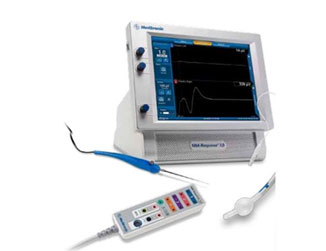
Mahorner Thyroid Retractor:-Mahorner thyroid retractor consists of an octagonal form and six retractors, and it is an atraumatic self-retaining thyroidectomy retractor created exclusively for use in thyroid surgery.
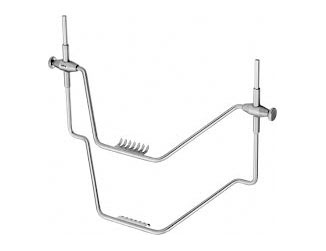
Nuclear Bone Scan (Scintigraphy):-Determine if big cervical masses originate from the thyroid gland or other tissues using scintigraphy, CT, and ultrasound to a lesser degree. Both thyroid lobes should be seen and have a typical pattern when the tumour develops from tissues other than the thyroid.
At MediHouse, we have a range of Endocrinology Equipment of high quality and durability.
Contact us for booking orders and home deliveries
Phone Number – 9400630000
Whatsapp – 9447771361
Email – MediTvm@gmail.com
